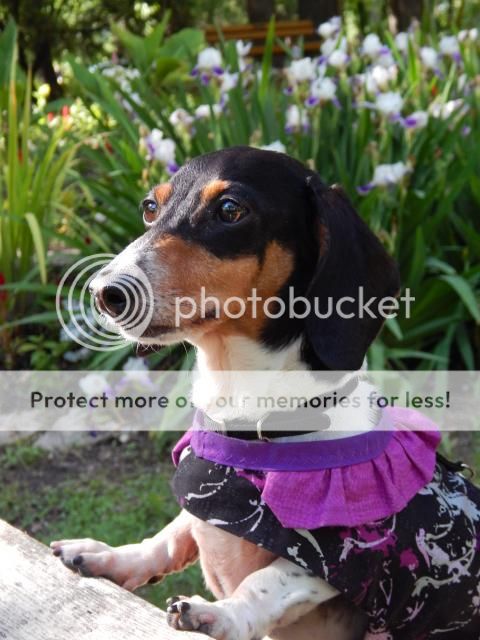found this, that maybe helps:
Here’s a crate-free dog- or puppy-proofing checklist to help make sure your new best friend is safe and secure:
Set boundaries. New dogs or puppies should probably spend the first few days or weeks in a restricted area when you aren’t there to supervise. This cuts down on the chances that they can get into something they shouldn’t. For dogs who are small or not overly hyper or athletic, setting up a baby gate or exercise pen so that it’s possible to see what’s going on elsewhere in the house can work well. This can help alleviate boredom, too (as can several brisk walks every day). However, you may have to use a closed door with larger or more rambunctious dogs. But under no circumstances should you confine your dog to a crate as a method of dog-proofing—that’s just the lazy way and can cause serious health and behavior problems, such as phobias, aggression, separation anxiety, and self-mutilation. The word “crate” is simply a euphemism for “cage.” And dogs shouldn’t live in cages, period.
Pick up your shoes, remote control, cell phone—and anything else you don’t want your dog to mistake for a chew toy. A curious dog can be a great motivator for keeping your house tidy!
Don’t leave toys lying around. Dogs often (understandably) mistake children’s toys for dog toys. My cousin once had a dog who swallowed one of the kids’ ping-pong balls. By the time they realized what he had done, it was too late. The ball blocked his intestines and even emergency surgery couldn’t save him. As a corollary, dogs should have plenty of their own toys, and if they start to chew on something they shouldn’t, they can just be redirected toward an “approved” toy.
Cover electrical cords with chew-proof covers, and install child-safety guards on unused electrical outlets. Cord cover options include spiral cable wrap (available at electronics supply stores), aquarium tubing, and Chewsafe covers.
Secure curtain and blind cords. Both dogs and cats have been known to strangle themselves when they become entangled in cords, so tie cords and keep them up high and out of reach (installing a cleat or cup hook works well). Also, make sure window screens are secure before going off and leaving a dog or cat in a room with an open window. Other strangling dangers to beware of are plastic bags (never leave them where your dog can get at them) and choke collars. PETA does not recommend using choke collars under any circumstances (there are more humane ways of preventing your dog from pulling), but they should never be left on unsupervised dogs (if the collar gets caught on something, the dog’s struggling to get free will only cause it to tighten).
Weed out toxic plants. Common poisonous houseplants include cyclamen, dracaena, dieffenbachia, ivy, philodendron, pothos, and Schefflera. Move toxic plants out of reach or to a place where your dog doesn’t have unsupervised access (such as a screened-in or three-season porch). Some plants cause only minor discomfort if ingested, while others can be deadly. Check with the Animal Poison Control Center for a complete list of toxic plants.
Avoid kitchen nightmares. Always put food away when you’re finished eating or preparing a meal. Put childproof locks on lower cabinet doors to prevent your dog from getting into food and toxic cleaners and other chemicals. Potentially harmful foods include avocados, chocolate, coffee, grapes, raisins, macadamia nuts, onions, and alcoholic beverages.
Use a trash can with a lid. If your dog persistently tries to get into the trash, get a trash can with a lid that latches. The same goes for recycling bins.
Don’t make a medical mistake. Make sure all medicines (both prescription and over-the-counter) are locked away in a medicine cabinet, child-proof under-sink cabinet, or linen closet. If you carry medications in your purse, keep it in your closet or somewhere high up. Keep soap and toothpaste out of reach, too. Many types of toothpaste contain the artificial sweetener xylitol, which is extremely toxic to dogs. Xylitol is also found in chewing gum.
By taking these simple precautions, you can avoid a costly and stressful trip to the emergency vet and even prevent a tragedy. Play it safe today and your dog will be playing safely tomorrow.
Read more:
No Need to Crate: Simple and Easy Ways to Keep Your Dog Safe When Home Alone | Companion Animals | Living | PETA
